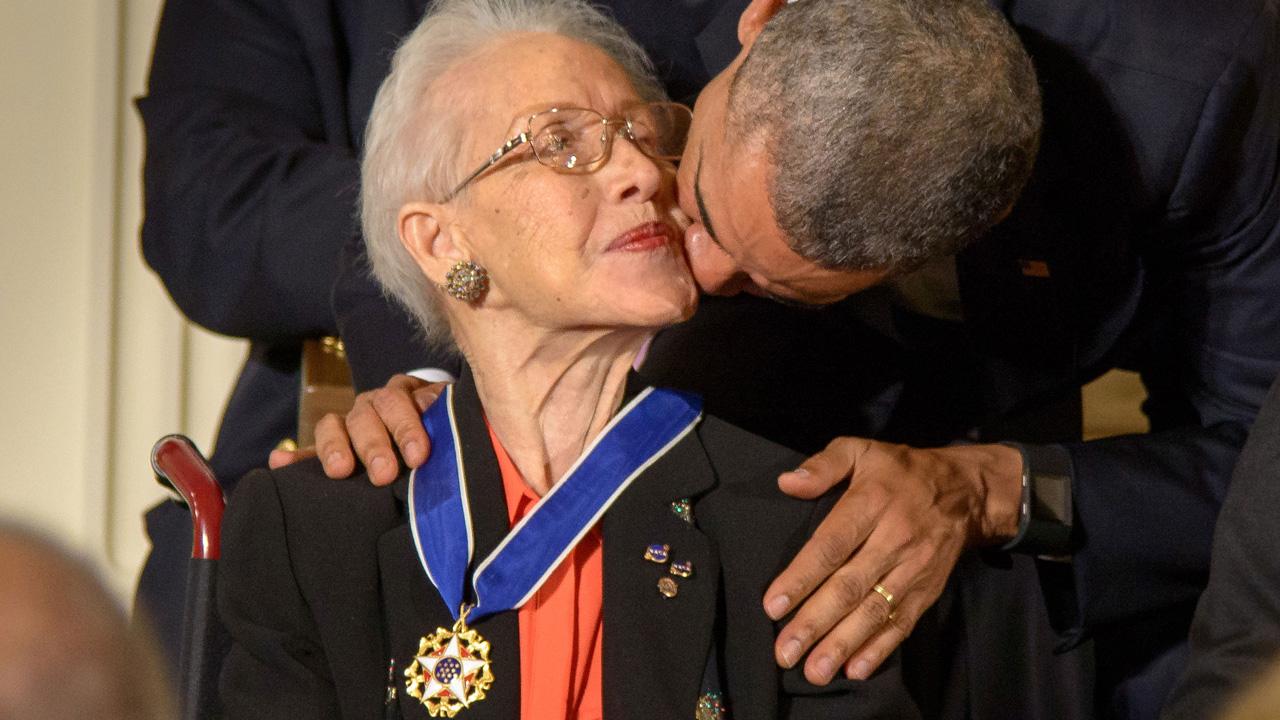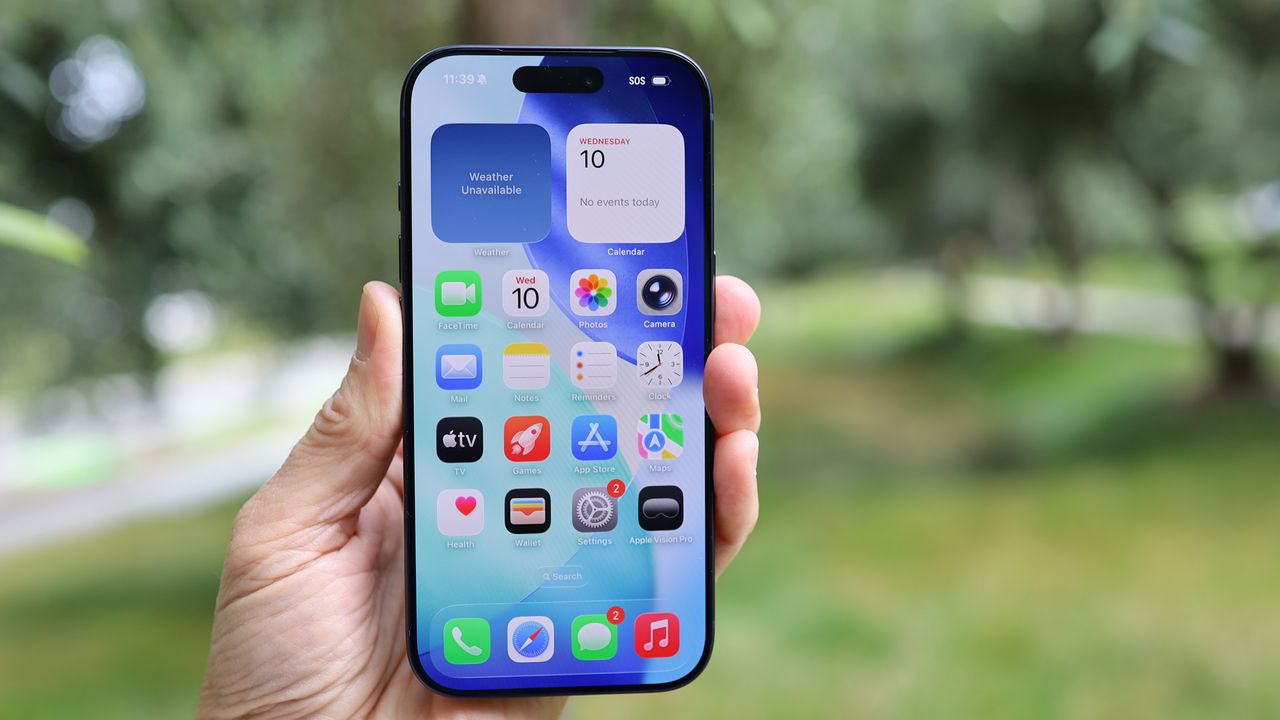
NASA has officially renamed its Independent Verification and Validation Facility in Fairmont, West Virginia to the Katherine Johnson IV&V Facility. This is in honour of the West Virginia native and one of the space agency’s “hidden figures”. You might be familiar with Johnson as one of the lead characters in the movie Hidden Figures. Johnson was played by Teraji P. Henson. Johnson will turn 101 this year, and is an African-American mathematician whose calculations of orbital mechanics as a NASA employee were critical to the success of the first (and many thereafter) U.S. manned space flight.
In 1962, as NASA prepared for the orbital mission of John Glenn, Katherine Johnson was called upon to do the work that she would become most known for. The complexity of the orbital flight had required the construction of a worldwide communications network, linking tracking stations around the world to IBM computers in Washington, DC, Cape Canaveral, and Bermuda. The computers had been programmed with the orbital equations that would control the trajectory of the capsule in Glenn’s Friendship 7 mission, from blast off to splashdown, but the astronauts were wary of putting their lives in the care of the electronic calculating machines, which were prone to hiccups and blackouts.
As a part of the preflight checklist, Glenn asked engineers to “get the girl”—Katherine Johnson—to run the same numbers through the same equations that had been programmed into the computer, but by hand, on her desktop mechanical calculating machine. “If she says they’re good,’” Katherine Johnson remembers the astronaut saying, “then I’m ready to go.” Glenn’s flight was a success and marked a turning point in the competition between the United States and the Soviet Union in space.
In 2015, President Barack Obama award Johnson with the Presidential Medal of Freedom. NASA Administrator Jim Bridenstine made the following statement regarding the Medal of Freedom:
“I am thrilled we are honoring Katherine Johnson in this way as she is a true American icon who overcame incredible obstacles and inspired so many. It’s a fitting tribute to name the facility that carries on her legacy of mission-critical computations in her honor.”
Johnson got her start by being one of three students of color to integrate West Virginia’s graduate schools, which, at the time was completely unheard of. But it was just one of several breakthroughs that have been part of Johnson’s long and remarkable life. Johnson was born in White Sulphur Springs, West Virginia, but it was her curiosity and brilliance with numbers that pushed her so far ahead in school. By thirteen, she was attending the high school on the campus of historically black West Virginia State College. At eighteen, she enrolled in the college itself, where she made quick work of the school’s math curriculum and found a mentor in math professor W. W. Schieffelin Claytor, the third African American to earn a
Johnson had recently been asked to name her greatest contribution to space exploration and she says it was the calculations she was involved in that helped synch Project Apollo’s Lunar Lander with the moon-orbiting Command and Service Module. In addition, she views the Presidential Medal of Freedom as another of her extraordinary achievements.



